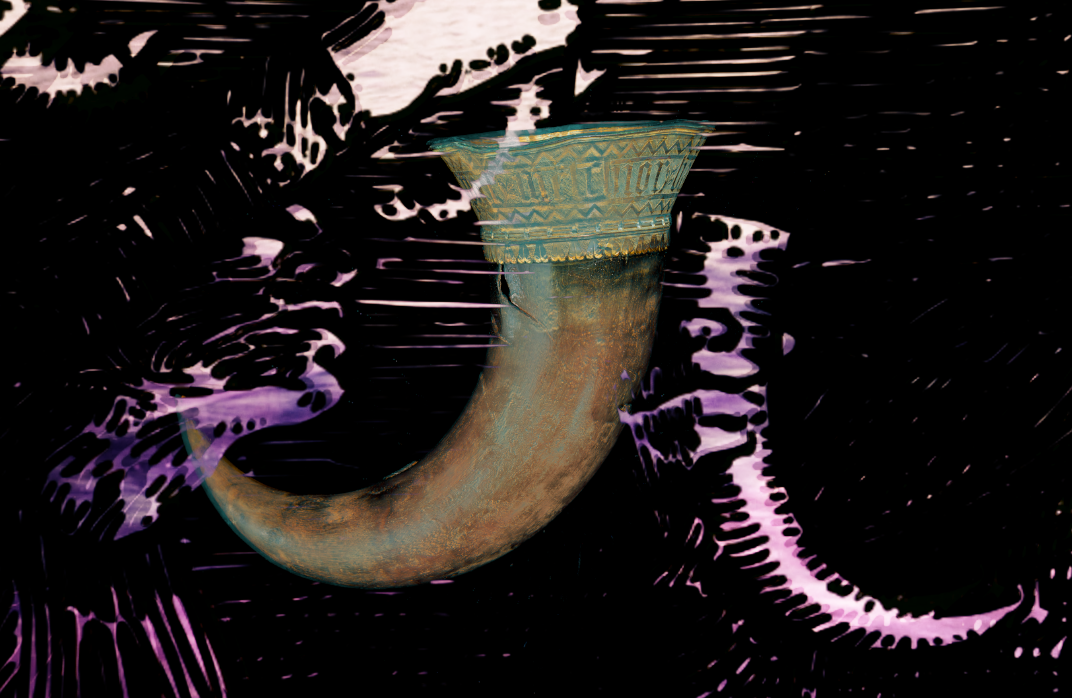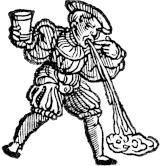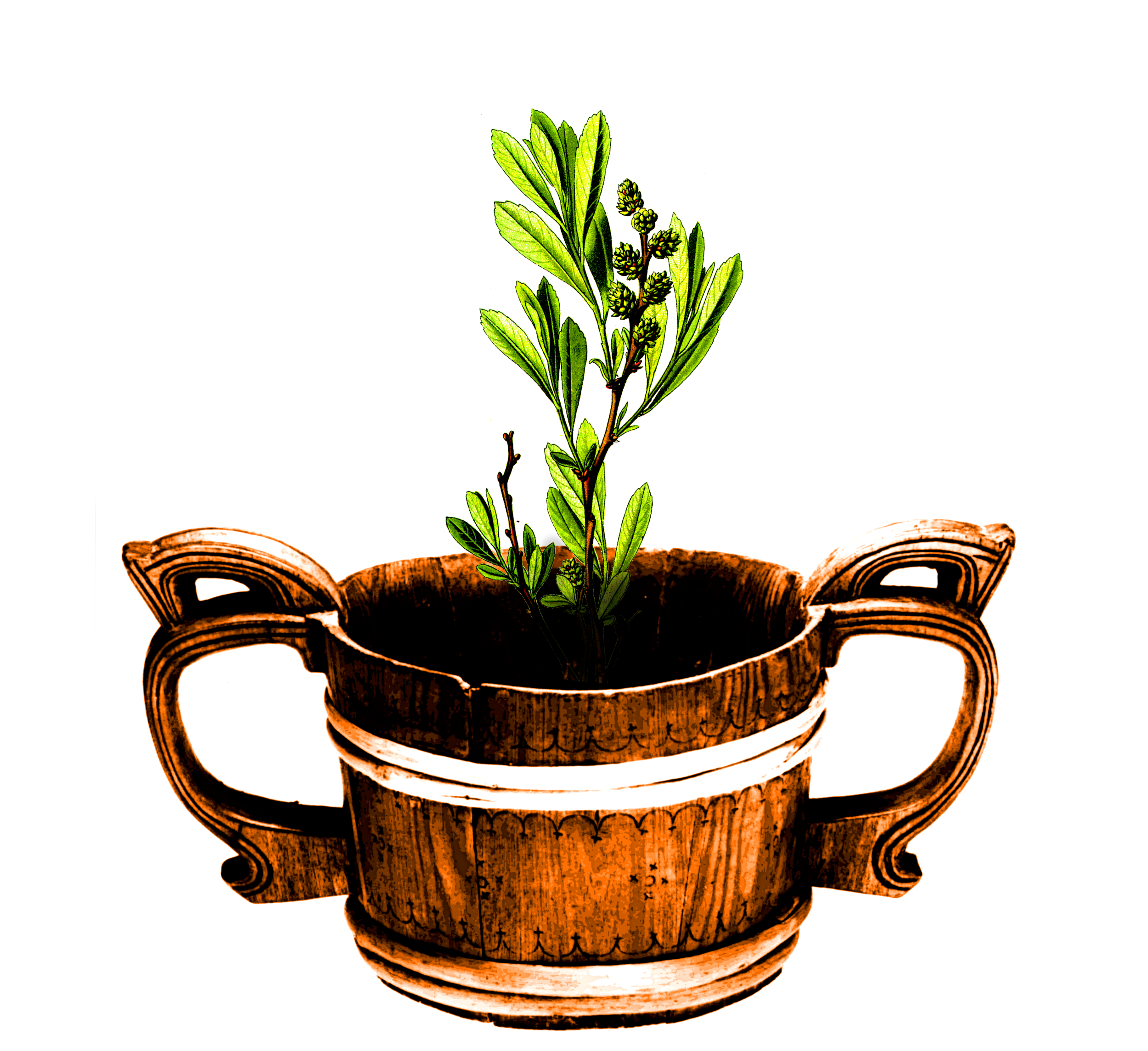However, Grøn had some reason to be suspicious, given that the literary sources don’t exactly overflow with references to bog myrtle beer, either. Then again, if bog myrtle was a standard ingredient, initially without much competition, I see no reason why saga authors ought to point out their presence. Besides, bog myrtle doesn’t grow on Iceland, where the majority of our surviving corpus was written. Medieval Icelanders probably didn’t drink much bog myrtle beer at all, and if so, it must have been imported. We know from legal manuscripts that bog myrtle was traded, and from medical manuscripts that is was used medicinally on Iceland.
Thus, most of our sources to the importance of bog myrtle ale in Old Norse texts come from legal documents, and is often indirect. For example, in Norway, bog myrtle beer was subject to protective legislation in the face of German imports, implying that bog myrtle was not only economically important, but possibly seen as a native cultural institution of sorts. Deposits of bog myrtle and malt from Bryggen in Bergen, as well as the medieval arch bishop’s estate in Trondheim dated 1300-1500 indicate that bog myrtle beer was being brewed at these sites with some intensity for generations (Sandvik 2016: 228). Bog myrtle is also mentioned as a general trading item alongside russet, cloth, and hops, the latter certainly implying the presence of local hopped beer as well. Property rent could even be paid in bog myrtle, and farmers who owned marshes where it grew had the same rights to these sites as farmers with coastal properties to fishing waters (Nordland 1969: 216).
While the first Scandinavian meetings with hopped beer were in all likelihood imported, hopped beer isn’t mentioned at all prior to the 14th century, though it had probably been drunk for quite some time before then. The source, the will of a cleric in Stavanger dated 1355, refers to it by the term humlamungát. In medieval law as well as the wider cultural connotations seen in Norse literature, mungát seems to refer to beer brewed in the household, or at the very least domestically. Therefore, it seems fairly certain that the beer in question was a locally brewed product, and that hops had begun to take root among urban Norwegian brewers in the 14th century.
While hopped beer must have been popular on the continent for centuries already, it is not until the aforementioned Bavarian purity law, and similar decrees (before and after) in other German states, that we can conclusively say that humulus lupulus was well on its way towards global domination, beginning with the suppression and extinction of several local German beer styles using herbs and fruit, or even other kinds of grain than malted barley. Olaus Magnus mentions in the 1500’s that the citizens of Bergen drank beer in great quantities, and believed himself that this was partially due to the hop content of foreign import beer, which made it suitable for overseas export (Nordland 1969: 225). This doesn’t really say anything about the extent of hop use in Norwegian brewing, but it may suggest that hoppiness still was a quality associated with foreign beer. This may over time have developed into a preference in favor of hops.
I addressed the likelihood that hopped beer was primarily a phenomenon tied to urban centers and coastal marketplaces. There must have been a great deal of cultural pressure from the south, as several German states continued to enforce limitations on beer brewing in the 16th through 18th centuries, abolishing so-called gruit beers, and making it a criminal offense for brewers to even have bog myrtle in their house (Nordland 1969: 221). This legislation still lives on in the legal definitions of “beer” in some countries, chiefly Germany, and even some American states, which prohibits the sale of non-hopped or herbal beverages under the term “beer”.
In the resulting paradigm shift, herbal ales that had once been ascribed beneficial medical properties, were now entirely outlawed, feared, and despised, with the result that the tradition surrounding them died out in Central Europe. While the same legal pressure was not applied to Scandinavian farmers, this certainly affected the market as well as cultural perceptions about beer and brewing among the elies, as well as commoners living in the cities, which was obviously bound to trickle down into the general populace. In the following centuries, hops gradually took over as the main additive of traditional brewing also in Norway, failing only in certain regions, probably in part due to climatic limitations that yielded hop growing unprofitable, and these regions are well known to have made bog myrtle beer up until modern times (Nordland 1969: 220).
Juniper is another common farmhouse beer additive commonly believed to have ancient origins. There seems to be no evidence for this in pre-modern literary sources, and only scant archaeological evidence. The best argument for archaic and ancient use of juniper in farmhouse brewing is made by pointing to how widespread it is across the Nordic area, and the conservatism of available brewing technology and methods, where juniper twigs were used as filters.
Though bog myrtle had fallen from grace by the 20th century, Nordland attests that the plant was still widely known as a beer additive. Infamous and ill reputed, not everybody was willing to openly disclose whether they used or enjoyed it. This demonstrates a problem with certain ethnological questionnaires: Informants might be reluctant to hand out information that make them seem backwards and unmodern, or have their customs scrutinized as curiosities. Noting a discrepancy in eyewitness accounts versus self-reported accounts from brewers themselves, Nordland speculated that bog myrtle beer was more widely brewed than people were willing to admit as late as the 1960’s.




















